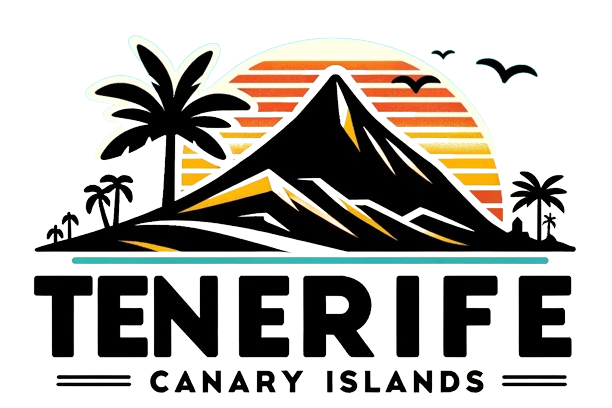Residents of Güímar and Arico Experience 2.9-Magnitude Earthquake
Residents in parts of Tenerife were woken in the early hours of Wednesday morning by a 2.9-magnitude earthquake detected in the sea between Tenerife and Gran Canaria, according to the National Geographic Institute (IGN). The tremor, while minor, served as a reminder of the region’s geological activity.
Details of the Earthquake
The tremor occurred just after 5:30am, and although it caused no damage, it was felt by neighbours in several municipalities on the east coast of the island, including El Escobonal (Güímar), Los Abriguitos (Arico), and Güímar town itself. Residents reported varying degrees of sensation, with some describing it as a brief jolt that interrupted their sleep.
The quake’s epicentre was located in the area known as the Volcán de Enmedio, a submarine volcano situated between the two islands. This underwater geological feature is not only significant for its volcanic activity but also for its historical context; it is the same zone that produced a much stronger earthquake back in 1989, which was felt across much of Tenerife. The 1989 event serves as a historical benchmark for seismic activity in the region, reminding residents of the potential for more significant geological events.
Local Reactions
Local residents who experienced the shaking described it as brief but noticeable. One neighbour told Diario de Avisos: “It woke me up straight away, I was on my feet in seconds!” This sentiment was echoed by others who felt the tremor, indicating a mix of surprise and concern. Despite the alarm, the IGN confirmed that no incidents or damage were reported, which provided some relief to the community.
Minor seismic movements like this are not unusual in the Canary Islands, where low-level volcanic and tectonic activity occurs regularly beneath the ocean floor. The region’s unique geological makeup contributes to these occurrences, and while they can be unsettling, they are generally not harmful. The local population has become accustomed to such events, often responding with a sense of calm and preparedness.
Seismic Activity in the Canary Islands
The occurrence of earthquakes in the region serves as a reminder of the geological activity present in the Canary Islands. The local authorities and institutions continuously monitor volcanic and seismic activity to ensure the safety of the population. This ongoing surveillance is crucial, as it helps to provide timely information and alerts to residents in the event of more significant seismic events.
While the earthquake did not cause panic, it highlighted the need for residents to remain aware of natural phenomena in the area. The community’s response to the event reflects a level of preparedness for such occurrences. Educational initiatives and emergency preparedness drills are often conducted to ensure that residents know how to respond in the event of a more serious earthquake or volcanic eruption.
In addition to local monitoring, the IGN plays a vital role in disseminating information about seismic activity to the public. Their reports and updates help to keep residents informed and prepared, fostering a culture of awareness regarding the natural risks associated with living in a volcanically active region.
Key Points
- A 2.9-magnitude earthquake occurred off the coast of Tenerife early Wednesday morning.
- The tremor was felt in municipalities including El Escobonal, Los Abriguitos, and Güímar town.
- The epicentre was located at the Volcán de Enmedio, a submarine volcano.
- No damage or incidents were reported following the earthquake.
- The region experiences minor seismic movements regularly due to volcanic and tectonic activity.
- The last significant earthquake in the area occurred in 1989.
